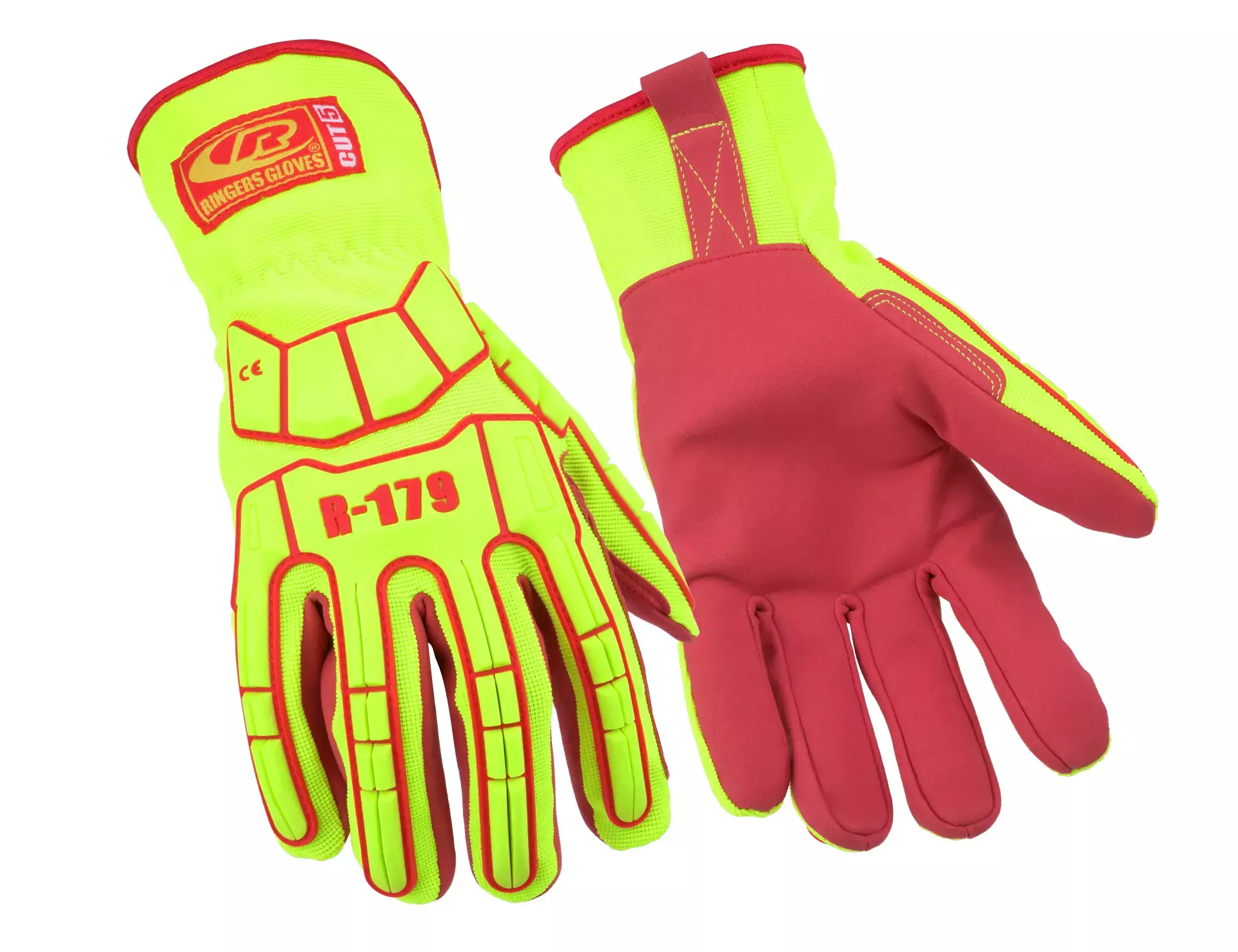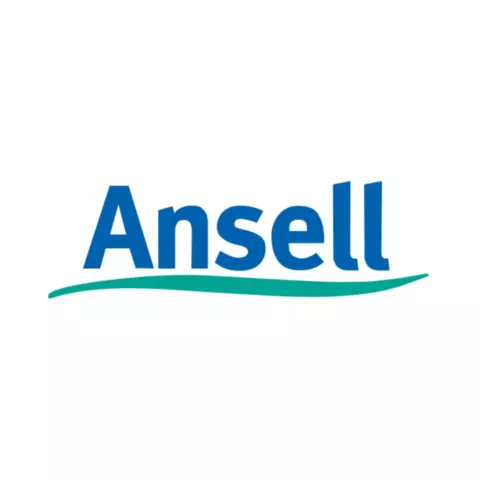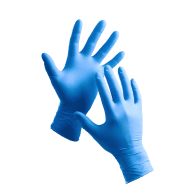Ringers 179
4.8 / 5
Product description
Description
Certified protection: Developed with F3 Technology™, RINGERS® R179 impact gloves feature TPR (thermoplastic rubber) padding at the top of the hand and full length of fingers, delivering ANSI/ISEA 138 level 2 impact protection
Strengthened grip: These RINGERS® gloves’ durable synthetic leather palm enhances grip performance, for more assured hand protection
Added defenses: RINGERS® R179 safety gloves feature an additional palm layer, providing advanced EN 388 level F for cut resistance and ANSI/ISEA 138 level 2 for impact protection.
Enhanced features: They are made with high-visibility material, for improved workplace safety, and boast a slip-on cuff for a more secure fit and better everyday usability
Recommended for
Engagement and release of drill string slips
Chaining up pipes
Installation and dismantling of rigs
Environmental clean-up and remediation
Handling iron
Valve - line maintenance and repair
Heavy machine operation
Equipment maintenance and repair
Pipe handling
Handling materials with sharp or rough edges
Loading raw material
Metalwork, glass processing
Delivery of parts to production line
Delivery of finished equipment
Production line support & maintenance
Product Details
Available Sizes : 6, 7, 8, 9, 10, 11, 12, 13
Coating Color : Hi Viz
Construction : Cut & Sewn
Cuff Style : Extended
Grip Design : Synthetic Leather
Latex Free : Yes
Liner Material : Hppe
Washing Temperature : 30 °C (86 °F)
About Knuckle Protection Work Gloves
Knuckle Protection Work Gloves feature reinforced padding across the back of the hand to shield against impacts and crushing injuries. These specialized gloves combine the comfort of knit designs with strategic protection, making them ideal for construction, oil and gas, or heavy machinery operation.
- Cut Resistant
- High Visibility
- Impact Resistance
- Machine Washable
- Hand Protection
Standards and labels
Ansell delivery terms
Free delivery for all Ansell products
1 577,02 €
Price per 10 packages (50 pairs)
31,54 € / pair
Free delivery
A carton contains 10 packages (50 pairs)



